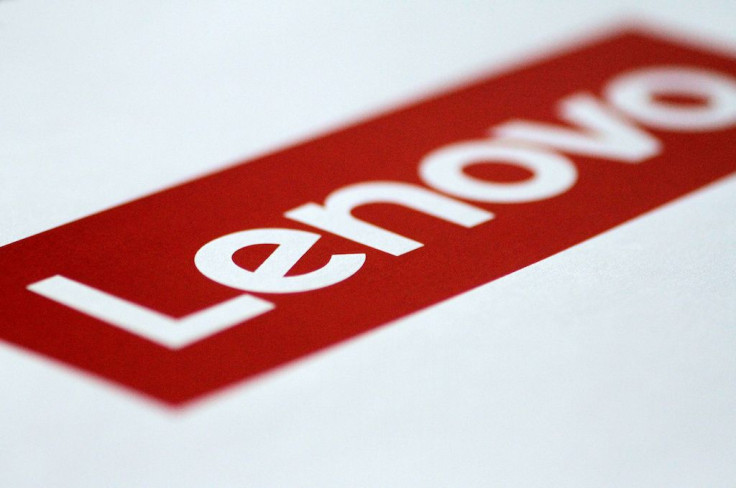Lenovo Preps Microsoft Surface Book-Inspired Foldable Device
A Lenovo patent recently hinted at the company's entry into the foldable display device market. However, this new device seems to be a Surface Book rather than a smartphone as it’ll run a Windows OS. Here’s what we know about Lenovo’s new patent.
According to MsPowerUser’s report, the new Lenovo device is going to run on Windows 10 OS and will look like a gigantic tablet with a hinge in the middle. Due to its size and OS, the device might not be a foldable display smartphone, especially since Microsoft is already planning to stop support for Windows phones.
The Lenovo foldable design isn’t a fresh or innovative take as its hinges hold two screens together and fold the device inward like most laptop computers. However, this is still a viable entry into the foldable display race as no company has considered a simple design such as this.
Lenovo’s design is similar to the first foldable device ever released in the market, the Royole FlexPai. In Royole’s case, the device display folded outward, which puts both screens on the front and divides the big tablet into two screens on each side. The Flexpai’s hinges are also in the middle, which makes Lenovo’s patent not that much of a surprising reveal to other owners.
For now, we’ve yet to know if Lenovo is going to push through with this design for their next device. We’ll have to keep an eye out on Lenovo for new information about this Microsoft Surface Book-style foldable device.
Currently, Huawei and Samsung are leading the foldable display device race as they’re currently developing their own devices. Other Android smartphone makers and even the makers of the most successful flip phones last decade, Motorola, are also planning out their devices for this new market.
Surprisingly, innovative Cupertino smartphone giant Apple has yet to announce any progress on their end or even hint that it is entering the foldable display industry.
For now, we’ll have to see which one of these devices will be the best once they get released.

© Copyright IBTimes 2024. All rights reserved.





















